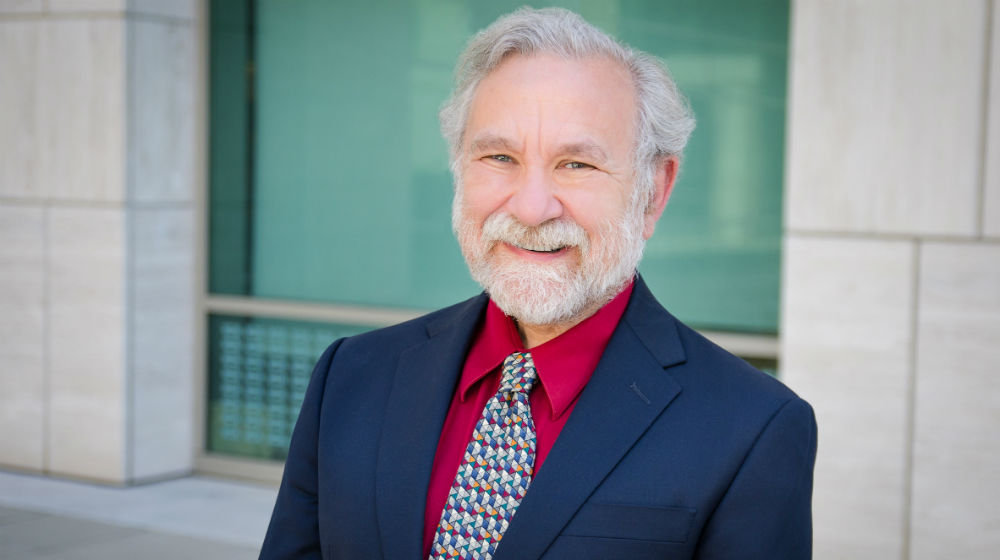
"It has been eye-opening to see how quickly one can really move from basic discovery into potential preclinical development." Peter Walter, PhD
Traumatic brain injury (TBI) resulting from blunt trauma to the head is a major mental health problem with debilitating consequences that include memory loss and cognitive decline. For this project, the scientists evaluated a small molecule called ISRIB that inhibits the stress response in the brain’s memory center to discover whether the molecule could treat dementia caused by TBI and aging.
A drug found to heal mice suffering from traumatic brain injuries also appears to repair memory loss in aging rodents.
Thanks to the Weill Innovation Award, Dr. Peter Walter and Dr. Susanna Rosi showed that the drug ISRIB – an acronym for Integrated Stress Response Inhibitor – can reverse cognitive dysfunction in rodents. When old mice were treated with ISRIB, the animals found their way through a water maze to safety significantly faster than old mice not treated with the drug.
“We can clearly tell the difference whether the mouse has been injected with ISRIB or not,” noted Dr. Walter, whose lab discovered the drug several years ago. “One dose, and they’re good to go.”
He explained that cells in our bodies respond to stressors – such as viral infections, starvation, or injury –in the same way: by restricting the production of new proteins to buy time so cells can recover. Often, however, this response becomes maladaptive by persistently turning on, consequently slowing critical cognitive processes such as memory storage. ISRIB works by turning off that response.
Dr. Walter already had begun collaborating with Dr. Rosi to further explore ISRIB’s potential – he has the chemicals and know-how of stress responses, and she has the mice and know-how of TBI and its effect on the brain – when the two received the Innovation Award in 2016. That’s when things began to move – not only faster, but smarter.
“The award cemented our collaboration and extended it into the study of aging. We now know a lot more about how ISRIB works, so we can ensure its success in clinical trials,” says Dr. Walter. “This is an extremely beneficial collaboration. Neither one of us could have done this in isolation or without the other one.”
Dr. Rosi agreed. Knowing that TBI is a form of accelerated aging, she pursued the experiment with old mice.
“We are now putting together a beautiful paper in which we show that by treating normally aged mice, we can reverse the circuit level, the neuronal activity, back to a younger phenotype, which is really amazing,” she says. “We’re really excited by the possibility that with ISRIB and next-generation ISRIB-like pharmaceuticals, we can actually do something to correct a wide variety of cognitive dysfunctions.”
Dr. Walter described the Weills’ philanthropy as key to his and Dr. Rosi’s research and noted that the Weill Innovation Award led to further funding from other sources.
“It's a wonderful sign when people support basic inquiry that leads to the advances we have been making,” he said. “They trust that the research we are doing is of value and that increasing knowledge in its purest sense often can result in powerful benefits for human health.”


